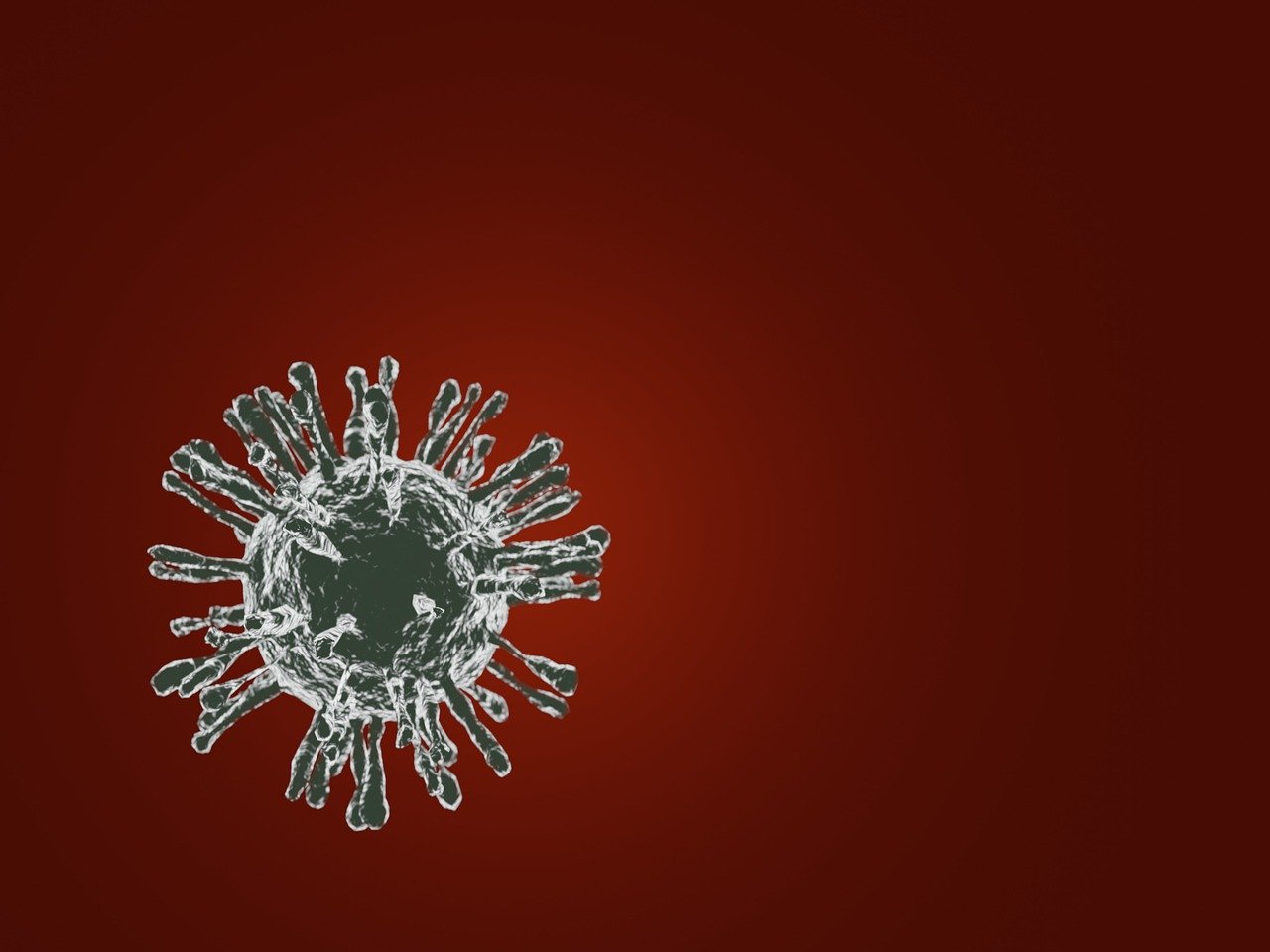According to the latest statistics of the Coronavirus pandemic released by Johns Hopkins University in the United States, as of 16:27 Eastern Time on November 16, the cumulative number of confirmed cases of Coronavirus in the United States reached 11,163,990, and the number of deaths was 246,953. In the past 24 hours, there were 163,006 new confirmed cases and 947 new deaths in the United States. Faced with the soaring number of confirmed and dead cases, the US medical system is facing tremendous pressure.
U.S. medical experts warn that the U.S. medical system will face collapse
On the 15th local time, Michael Osterholm, director of the Center for Infectious Disease Research and Policy at the University of Minnesota, warned in an interview with the National Broadcasting Corporation that the United States is now in a very dangerous period unless effective anti-pandemic measures are taken now. The number of Coronavirus pandemic in the United States will also usher in a substantial increase. Soon, the U.S. medical system will begin to collapse, and patients with Coronavirus will die while waiting in the emergency room due to no treatment.
NBC host: How far is the American medical system from collapse? When will the medical system force us to choose to block?
Osterholm, Director of the Center for Infectious Disease Research and Policy, University of Minnesota, USA: What I am most worried about is that in some countries, patients die on the streets, while in the United States, patients cannot get them after 10 hours of waiting. Healed, and died in the waiting area of the emergency room.
NBC host: How far are we from this situation?
Osterholm, director of the Center for Infectious Disease Research and Policy at the University of Minnesota: You know and see how fast the number of domestic pandemic in the United States is rising. I think this situation will continue, and if the US medical system continues to operate at this intensity for several weeks, this (collapse) will happen.
Emergency room nurse: the pandemic worsens severely, people are still not protected
Currently, South Dakota in the United States is one of the most severely affected areas in the United States. On the 16th local time, an emergency room nurse in South Dakota stated in an interview with local media that the pandemic is getting worse and the hospital is overcrowded. However, the local people still did not follow the suggestions to take protective measures, and some even did not believe that the new Coronavirus pandemic was real before they died.
Jody Dorring, a nurse in the emergency room of a hospital in South Dakota, USA : This (daily work) is like a movie that never ends, just doing repetitive things over and over again. It’s difficult and sad. Because every state, every hospital, every nurse, every doctor sees the same thing happening. People get sick in the same way, you treat them in the same way, and they die in the same way.
At least 644 people in South Dakota have died of COVID-19. Jody Dolin said that there were only 650 people in the small town where she lived. Now it’s like everyone in a town has passed away from the Coronavirus. Even so, many patients still “do not believe that Coronavirus pandemic is real” when receiving treatment.

Jody Dolin, a nurse in the emergency room of a hospital in South Dakota, USA : People will find many excuses to say that this is not Coronavirus, they will say it is flu, pneumonia, and some even say it is lung cancer. Even if the test result is in front of you, some people still don’t want to believe it.
Jody Dolin said that what makes her and all colleagues feel powerless is that many people are still unwilling to implement pandemic prevention measures such as wearing masks and maintaining social distancing. This is something that makes all medical staff feel helpless.
According to reports, South Dakota welcomed tens of thousands of tourists to the large motorcycle rally in the summer of the worst outbreak in the United States this year, refused to cancel the state fair, and did not require participants to wear masks.



